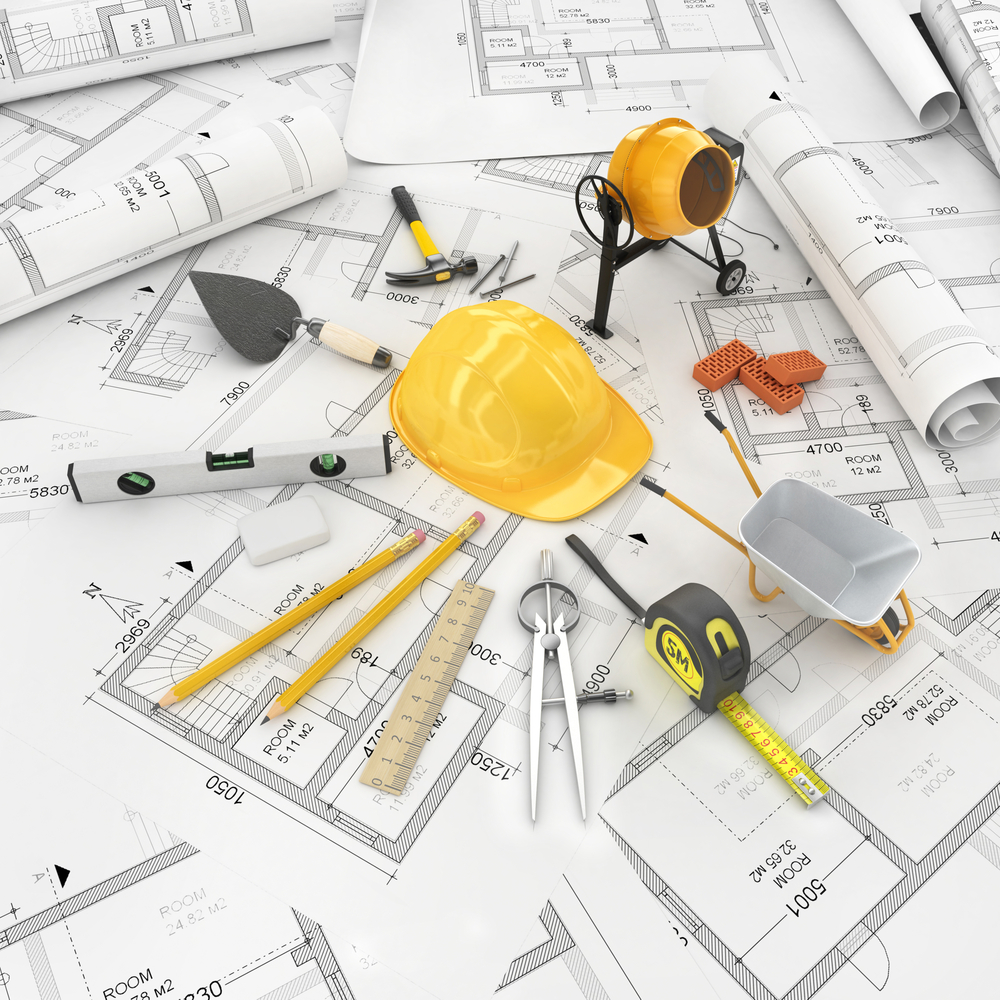How Can You Ensure Your New Home Is Well-Built?
As the price of materials and labor rises, along with buyers’ expectations for the finer amenities in new homes, builders are tempted to sacrifice quality and cut costs on the structure of a newly constructed home. Unfortunately, builders know that buyers typically do not think to ask how their new house was constructed. The assumption realtors and buyers make is that inspections are performed during the construction process and that a hired, third party inspector will be able to discover any flaws in construction before the house is purchased. As a builder for over thirty years, I know that nothing could be farther from the truth. Many of the most important structural components of a home lie beyond the detection of a third party inspector and can only be verified during the construction process. In areas where building codes are adopted and enforced through scheduled inspections, buyers can take comfort that their new home meets minimal structural and safety standards. In areas where no code requirements are enforced, your new home could be a structural disaster waiting to happen.
Fortunately, many lending institutions require a ten-year structural warranty for any home constructed without a Certificate of Occupancy. This warranty guarantees that trained observers inspected the build during construction and pays for any defects to be fixed, but it does not prevent a structural disaster from happening. To help mitigate the risk of being stuck with a structurally-flawed home, you can request the following items from any quality builder:
- Trade Organization Membership: Does the builder belong to a trade organization like their local Home Builders Association, Better Business Bureau, or the Chamber of Commerce? Membership does not guarantee quality construction, but it does suggest that he or she is in for the long haul.
- References: Does the builder have references from homeowners who have lived in their homes for over five years? Contact the builder’s references and ask what issues, if any, they have faced over the years in regard to settling, stress cracks, and/or movement.
- Blueprints: Is there a detailed set of prints for the home that outlines span widths and bearing points along with foundation drawings and wall sections that can be verified by an architect to be correct? The prints may have been ignored during construction, but, if the builder went to the trouble to create prints, he or she is more likely to follow them.
- Proof of Scheduled Inspections: Was there a third party inspector employed during the building process? For a small fee, many inspectors will provide visual confirmation of correct footing, concrete wall and framing construction, along with a final “overall” inspection. This inspection confirmation will ensure that structural and life safety issues have been addressed in an appropriate manner.
- Ten-Year Warranty: Is the builder willing and able to provide a ten-year structural warranty? Most warranties cost less than a thousand dollars and are well worth the money.
Any or all of these items can and should be employed when you are having a builder construct your new home. If the builder hesitates to provide any of the above you might want to question why. No house is perfect, but a structurally sound build is imperative to having the house of your dreams.
Written By: Terry Robinson
Terry Robinson, president of Robinson Building Corp. has been building homes in northeast Kansas for over thirty years.


Leave a comment